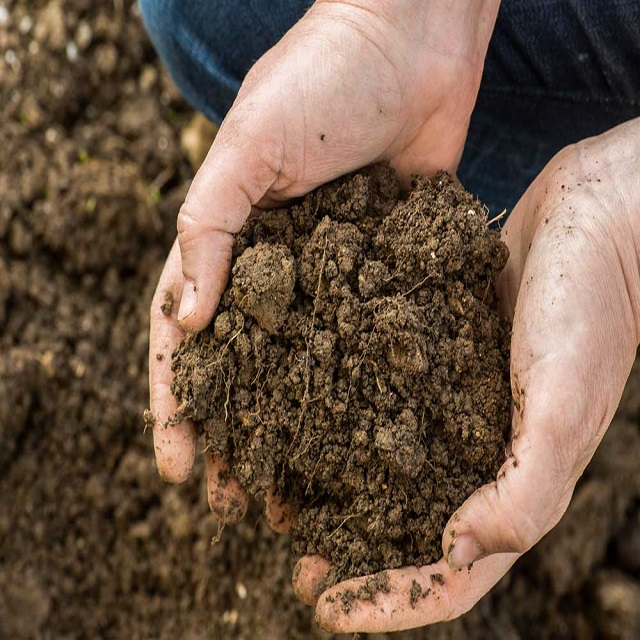
The Kipps apparatus, also referred to as a Kipp generator, is a remarkable laboratory instrument designed for the preparation of gases in small volumes. Named after its inventor, Petrus Jacobus Kipp, a Dutchman who created it in 1844, this apparatus plays a crucial role in scientific research and experimentation.
The Kipps Apparatus operates by generating gases through chemical reactions. It consists of three main components:
Reaction Flask: This is the heart of the apparatus, where the chemical reaction takes place. Typically made of glass, it has a flat bottom and a round body.
Delivery Tube: Connecting the reaction flask to the gas-collecting jar, this glass tube allows the gas to escape and enter the jar. One end is inserted into the reaction flask, while the other end is immersed in the liquid inside the gas-collecting jar.
Gas-Collecting Jar: Used to collect and store the gas produced by the reaction, this jar is usually made of glass. It has a stopper with a hole in the center through which the delivery tube passes.
The Kipps Apparatus finds common applications in laboratories for generating various types of gases, including:
No review given yet!
 Free shipping on all orders over UGX 1 Millon
Free shipping on all orders over UGX 1 Millon
 Safe & Secure Online Payment Solutions or cash on Delivery
Safe & Secure Online Payment Solutions or cash on Delivery
 7 Days Return Policy
7 Days Return Policy
 Authentic Products with MONEY BACK GUARANTEE 100% money back guarantee
Authentic Products with MONEY BACK GUARANTEE 100% money back guarantee




